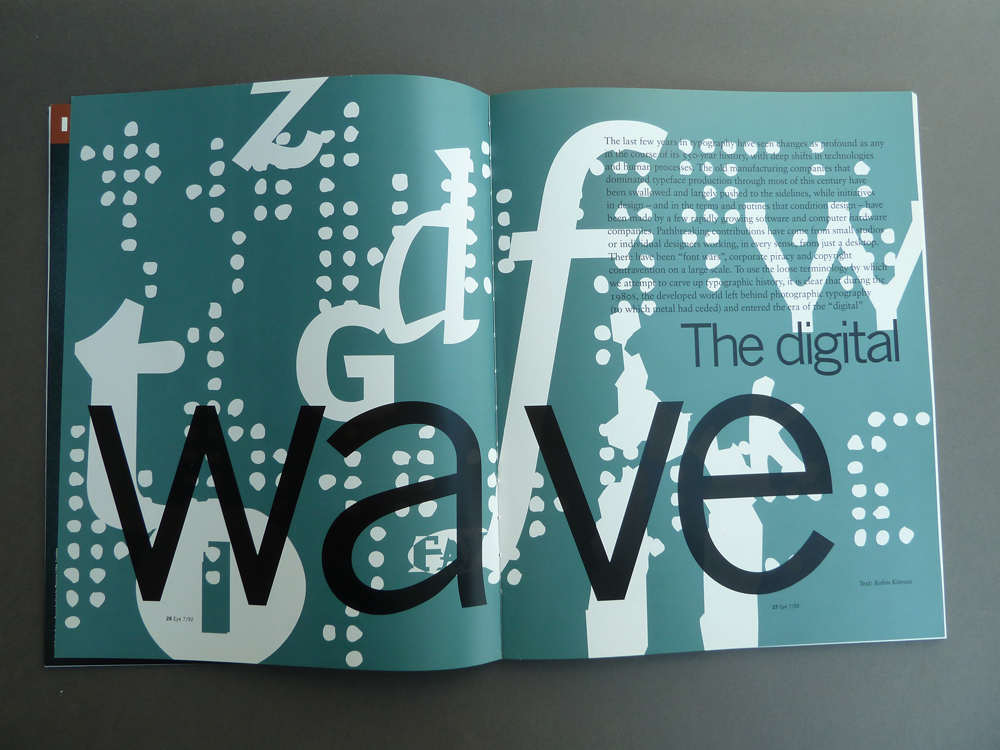Last week I hope you had the chance to look at the video about Wim Crouwell (if you didn't get the chance - do it now). It was a neat introduction to just such a practice. Crouwell's innovative consideration and deployment of grid systems (read this lecture in conjunction with last week's file on Visual Hierarchy) was profoundly transformative. In this lecture you find brief overviews of the innovations of a number of other designers who've changed the way we think about and use type.
As usual there's a few other links out to relevant material. Firstly this week check out a slideshow from UK designer Mark Boulton. Boulton is a master of the grid and this presentation is a nice way to remind you of why you are engaged so closely in thinking about grids and the hierarchies that enable us to mobilise.
My understanding is that you'll soon be able to collaborate digitally using one of the numerous online co-working platforms that are rapidly emerging across many (if not most) creative industry contexts. This brings me to a slightly early release of of next week's lecture (read this lecture next week before next week's studio if you get time - I'll refer to it again in next week's post) which itself discusses contextual issues related to typographic practice - at least in terms of examining some key practitioners who have influenced the evolution of typographic practice as we know it today.
The second resource is a trip back in time to the 90's and an insight into how the rapid uptake of digital type was perceived at EYE magazine (by Robin Kinross) at the time.
"Digital processes were introduced into typesetting in the 1970s, but – as always in the development of human inventions – it has taken some time to realise their full implications. ‘Digital typesetting’ means that characters, and indeed any other graphic elements, exist only where they can be generated by the rectilinear sweep of a beam, either on or off. As against the apparently infinitely subtle possibilities of a hand-guided engraver cutting punches for metal type, or a pen or brush putting ink down on paper for photographic reproduction, there is an obvious bargain to be made with the technology. You have to settle for the squares the grid can allot you.Don't forget to check the end of the lecture to get the information about this week's self-directed tasks. Enjoy your week!

No comments:
Post a Comment